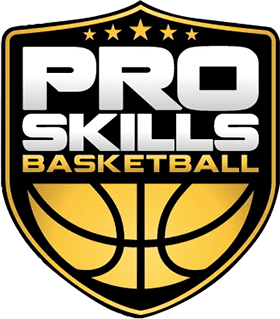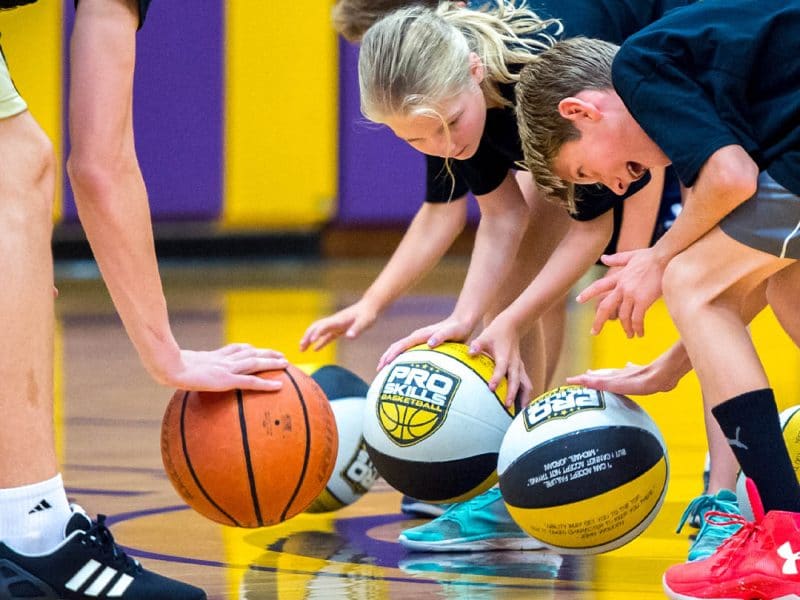When the final school bell rings and summer break begins, many student-athletes see it as a time to relax—and while rest is important, the summer is also a crucial window to gain an edge on the court.
Whether you’re in grade school just falling in love with the game, a middle schooler chasing a spot on the team, or a high school athlete preparing for varsity or even college ball, summer is when players are made. Here’s how to make the most of your time and keep improving—even when you’re not in a gym.
🔁 Keep Working on Your Basketball Skills
Basketball is a game of repetition. Even a few days off from shooting or dribbling can lead to rust. Summer is the perfect time to get thousands of extra reps in without the pressure of school or games.
On-Court Skill Development:
-
Shooting: Start close to the hoop and work your way back. Track your makes and set goals.
-
Ball Handling: Use cones or markers for dribbling drills. Try two-ball drills to increase difficulty.
-
Footwork: Work on pivoting, jab steps, and creating space. Watch game film and mimic the moves of your favorite players.
Tip: If you don’t have access to a court, focus on dribbling in the driveway or garage. Even 20 minutes a day can make a difference.
Here are a couple drills you can use:
🔄 Train Without a Basketball
Basketball is more than just shooting hoops. The best players use the summer to build their bodies and movement skills. These exercises can be done at home or at a park:
⚡ Agility and Balance (All Ages)
-
Use an agility ladder or tape to perform footwork drills.
-
Practice single-leg balance with movement to mimic game cuts.
-
Jump rope to build foot speed and coordination.
🏋️ Calisthenics for Strength (Vary by Age)
-
Grade School: Focus on body awareness—fun obstacle courses, animal crawls, jump squats.
-
Middle School: Add basic calisthenics—push-ups, sit-ups, planks, wall sits, lunges.
-
High School: Ramp up intensity—pull-ups, resistance bands, core circuits, and supervised bodyweight strength programs.
These exercises help develop the muscles used in basketball—especially for explosive movements like jumping, cutting, and defending.
Check these videos out as an example of some work you can do:
🥗 Fuel Your Game: Summer Nutrition Matters
All that hard work requires the right fuel. The summer heat and increased activity mean your body needs hydration and proper nutrition.
-
Hydration: Water should be your best friend. Skip sugary sodas or energy drinks. Add electrolyte drinks after long workouts.
-
Balanced Meals: Focus on lean proteins (chicken, fish, eggs), whole grains (brown rice, oats), fruits, vegetables, and healthy fats (nuts, avocado).
-
Snacks: Trail mix, yogurt, fruit, or peanut butter on whole grain toast are all great options between workouts.
Remember: you can’t out-train a bad diet. The best athletes treat nutrition as part of their training.
🔥 Set Goals Based on Your Age & Level
Here’s how to approach your summer training by age group:
🧒 Grade School (Ages 6–10)
-
Focus on fun and fundamentals
-
Practice 3–4 days a week for 30–45 minutes
-
Keep workouts playful and skill-based
👦 Middle School (Ages 11–13)
-
Increase to 4–5 days a week, with structured skill work and bodyweight strength
-
Begin to introduce discipline and routine
-
Mix in competitive play (camps, local leagues)
👨 High School (Ages 14–18)
-
Train 5–6 days per week, including on-court skills, strength, and recovery
-
Use a training journal or app to track progress
-
Focus on refining your identity as a player: Are you a shooter? A lockdown defender? A leader?
Final Thoughts
Summer is a gift. While others take time off, you can take a step forward. Training doesn’t always require a gym, a coach, or even a basketball. It just takes commitment.
Remember: basketball season is won in the offseason.
So lace up, hydrate, and get to work. You don’t have to be perfect. You just have to keep getting better.



 »
»